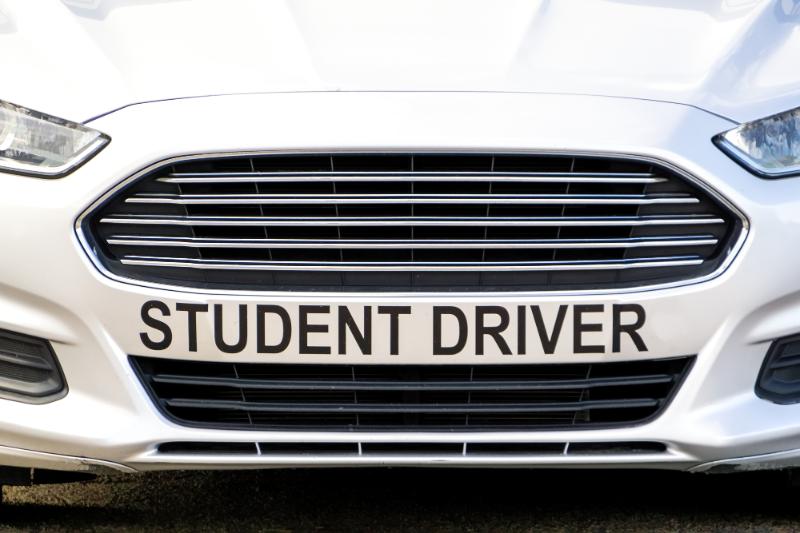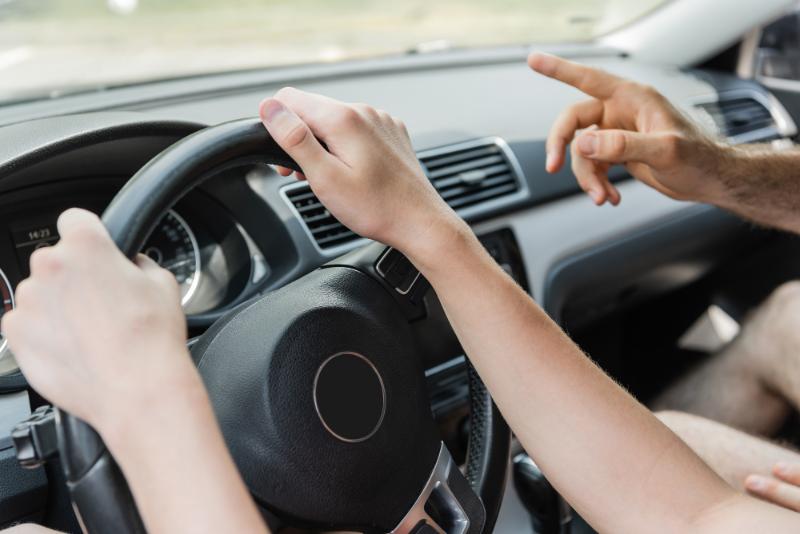As your teen approaches the driving age, parents and kids alike are bundles of excitement and anxiety. The thought of them behind the wheel might send a flurry of questions through your mind. Are they ready? What do they need to know?
Preparing your teen for driving involves more than just teaching them how to operate a car; they must also understand the responsibilities that come with it. This guide will walk you through the essential aspects you need to consider before your teen starts driving, ensuring you both are ready for this new adventure.

Licensing Requirements
Before your teen can hit the road, they need to make it legal. The process typically begins with obtaining a learner’s permit, which allows your teen to drive under certain conditions, such as being accompanied by a licensed adult. The age at which teens can apply for a learner’s permit varies by state, but it’s generally between 14 and 16 years old.
To progress from a learner’s permit to a full driver’s license, your teen will need to fulfill specific criteria, including a minimum number of supervised driving hours and passing both written and practical driving tests. It’s important to check the specific requirements in your state, as they can vary significantly. These regulations are in place to ensure that your teen has the necessary knowledge and experience to drive safely and responsibly.
Legal and Safety Implications
Navigating the legal and safety implications of teen driving is a critical aspect of preparing your child for the road. Teen drivers are statistically more likely to be involved in accidents, primarily due to inexperience and sometimes, risky behavior. Understanding these risks and the legal responsibilities involved is essential for both parents and teens.
Firstly, familiarize yourself with the traffic laws applicable to young drivers in your jurisdiction. These may include specific restrictions on driving hours, passenger limits, and zero-tolerance policies for alcohol consumption. Compliance with these laws not only keeps your teen driver legal but also safe. It’s important to discuss with your teen the severe consequences of violating these laws, which can range from fines and license suspension to criminal charges in the case of serious incidents.
Additionally, it’s crucial to talk about the realities of possible injuries in car accidents, including how to react in an accident scenario, the importance of insurance, and the legal process that follows.
Incorporating safety practices into everyday driving habits is also vital. Encourage your teen to adopt defensive driving techniques, be mindful of their surroundings, and always prioritize safety over convenience. Regular discussions about driving experiences and challenges can help reinforce these practices and prepare them for various situations on the road.
Costs of Driving
When your teen starts driving, costs can add up quickly. First, there’s the vehicle itself. Whether you’re buying a new car or passing down a family vehicle, there are expenses to consider, including the purchase price, registration, taxes, and insurance.
Speaking of insurance, insuring a teenage driver can be pricey due to their lack of driving experience and higher risk of accidents. Shop around for insurance quotes, and consider any available discounts for good grades or completing a driver’s education course.
Additionally, regular maintenance and fuel costs are ongoing expenses that need to be factored into the budget.
Choosing the Right Vehicle
Selecting the right vehicle for your teen is important for their safety and confidence on the road. Safety should be the top priority, so look for cars with high safety ratings, reliable braking systems, and robust safety features like airbags and electronic stability control. While a brand-new car might seem like the safest option, many used cars offer similar safety features at a more affordable price.
Consider the size and type of the vehicle as well. SUVs and trucks might seem safer due to their size, but they can be more challenging to handle for inexperienced drivers. Compact cars, while more maneuverable, may not provide the same level of protection in an accident. Mid-size sedans often strike a good balance between safety, ease of driving, and cost-effectiveness.
Insurance costs can also vary significantly depending on the type of car, its age, and safety features. Some vehicles are known to be cheaper to insure, which can be a crucial factor in your decision. Ultimately, the best choice is a reliable, safe, and affordable vehicle that fits your budget and gives you peace of mind when your teen is on the road.
Importance of Driver’s Education
Driver’s education is a structured way to ensure your teen learns the essential skills and knowledge for safe driving. These programs cover a range of topics, from traffic laws and vehicle operation to defensive driving techniques and handling emergencies. Choosing a formal driving school can provide your teen with professional instruction and a comprehensive curriculum that might be difficult to replicate in parent-taught lessons.

As an added bonus, completing a driver’s education course can often lead to lower insurance premiums. Sometimes, it’s a requirement for obtaining a learner’s permit or driver’s license, depending on your state.
Setting Ground Rules
As your teen starts driving, you need to establish ground rules for their safety and your peace of mind. These rules should cover various aspects of driving behavior and car usage, including curfews, passenger limits, and phone use while driving. It’s important to discuss and agree on these rules beforehand (some parents like to draw up a driving contract) to avoid misunderstandings and ensure they are taken seriously.
Setting limitations on driving hours can help minimize the risk of accidents, especially during nighttime when visibility is reduced and the likelihood of encountering impaired drivers is higher. Passenger restrictions are also important, since having friends in the car can be a significant distraction and increase the risk of risky driving behaviors. You should also emphasize the importance of not using a phone while driving, reminding your teen to put their phone in “Driving Focus” mode or a similar setting before getting the car.
Practice and Patience
Practice is priority when it comes to nurturing a confident and competent new driver. While driver’s education provides a solid foundation, real-world experience is a must. Encourage your teen to practice regularly, in various driving conditions and at different times of the day, to build their skills and confidence. This includes driving on highways, navigating through city traffic, parking in different scenarios, and even driving in adverse weather conditions, under supervision.

Patience is key in this journey. There will be moments of frustration and fear, both for you and your teen. Stay calm and supportive, providing constructive feedback rather than criticism.
Remember, learning to drive is a significant milestone, and your approach can greatly influence your teen’s attitude towards driving. Celebrate their progress and achievements, and address mistakes as learning opportunities rather than failures. This nurturing environment not only helps in developing their driving skills but also strengthens your relationship during this critical phase of their life.

